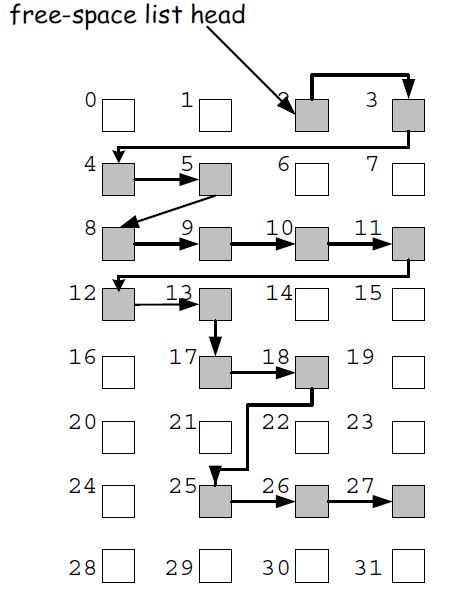Bit map maintains one bit for each block, If it is free then bit will be "$0$" if occupied then bit will be "$1$".
For space purpose, it doesn't matter what bit we are using, only matters that how many blocks are there.
For $B$ blocks, Bit map takes space of "$B$" bits.
Free list is a list that maintains addresses of free blocks only. If we have $3$ free blocks then it maintains $3$ addresses in a list, if $4$ free blocks then $4$ address in a list and like that.

Given that we have $F$ free blocks, therefore $F$ addresses in a list, and each address size is d bits therefore Free list takes space of "$Fd$".
condition under which the free list uses less space than the bit map: $Fd<B$